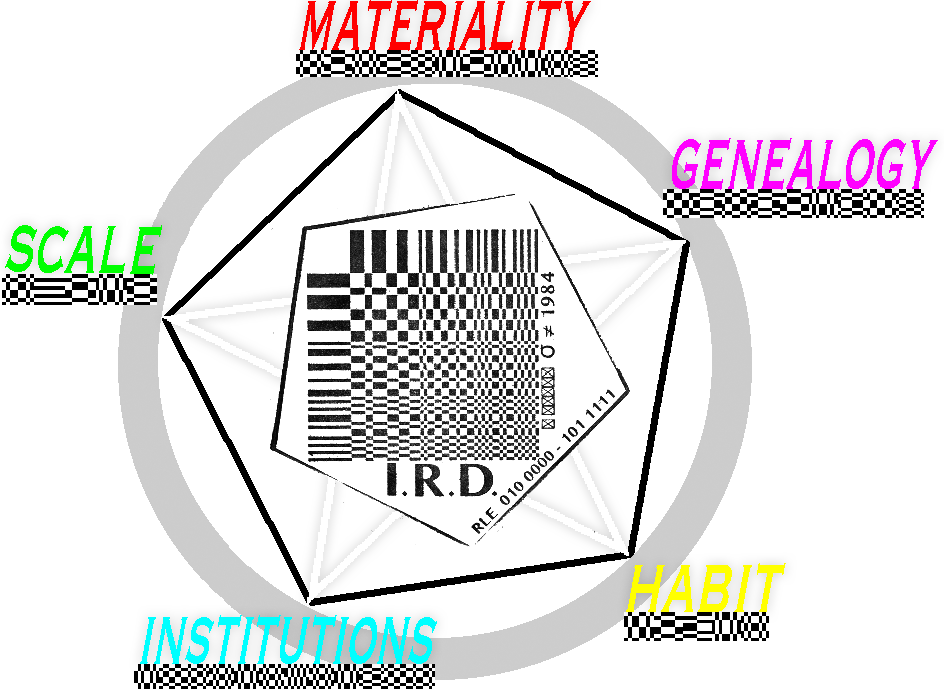
Before I came here, I must admit, I never really considered the differences between a theoretical particle physicist, an experimental particle physicist or an applied physicist. During my first week at CERN I visited 3 out of 4 major experiments taking place at CERN connected to the Large Hadron Collider (the LHC particle accelerator), taking place in specially designed detectors (ATLAS, CMS, ALICE and LHCb). These experiments follow resolutions set following compex processes considering not just an objective but maybe more importantly, the condtions and affordances brought by physics, engineering, code and finances.
After one week of running from one experimental site to the next, and meeting the fauna connected to all the different categories and more, I am still not sure how to make sense of it all. To be honest, I am maybe more confused about what it all means - and what all these people are doing here, exactly?
It has become clear to me though, that at CERN not all scientists belief in all of the same things, laws or actions. A lot of their work has to do with trying to figure out what to do (next). To a certain extend, most of them seem not entirely sure (I hope I got that right and I am not sounding disrespectful here, the fact is, the uncertainties are very high). In a nutshell, here is what I do understand after a week at CERN.
From the website: At CERN, our work helps to uncover what the universe is made of and how it works. We do this by providing a unique range of particle accelerator facilities to researchers, to advance the boundaries of human knowledge.
The Laboratory, established in 1954, has become a prime example of international collaboration. CERN is thus a laboratory; in fact, it is the biggest laboratory in the world. Its main mission seems to be tied to unravelling the basic questions about into existence and the universe (on a side not: I have not heard the word 'consciousness' yet).
95% of the universe is unknown to both us laymen but also to these scientists. We can only observe 5% of the universe and the other 95% of what surrounds us is unknown. Unknowable, immeasurable, imperceivable, invisible and clearly indescribable. And the experiments by which the scientists wish to 'tackle' (or rather infer and deduct) this unknown, dark universe (consisting of dark energy and dark matter) are many and diverse.
Of course the start of any such inference starts with a question, so here are just a few I collected so far:
Why is the universe so big?
What is our cosmic DNA?
Are there additional dimensions to space?
What is the nature of matter?
Why do things weigh?
Do gravitons exist?
Does anti matter fall up or down?
Is there super symmetry, or is the next breakthrough to be found in string theory?
What is time and does time even exist?
To me, for (almost) all of those questions it is even hard to explain what they mean - they come with layers of understanding and languages (lets not even mention the jungle of acronyms they have created here) that sound familiar but mean very little to me. They even drove me to read and finish A Very Short Introduction to Particle Physics (a little book or cliffnotes about particle physics by Frank Close) earlier this week.
A special moment happened this week when I listened to a string theorist say: "time and space dit not exist before the Big Bang. That is something I can accept because of the equations, but I dont understand these equations myself. For the sake of my research, I just ignore time altogether." I could have hugged him because for a moment my imposter syndrom vanished and I felt more free, But then again of course the man had obtained his candid senses due to the years of studying and hugging him seemed .. a solution from another dimension.
It seems that CERN is a place for ideas that are hard to think, ideas that even scientist have trouble with. And while some of them are looking for new, divergent vanishing points, others belief that the path to possible future knowledge can simply be found in more measurements: "Now is not the time for new theories; new insights and knowledge will come when there is more research done".
So here I am, an artist roaming on the planes touching the edges of the hard sciences. And still, I feel not completely out of place. Once felt inspired by the ways in which snakes see warmth and bees smell pollen. In the same vain, here I see how scientists grow new senses to see, smell, hear and touch, mapping their universe through charts and prisms.
I, too, am always looking for new ways to approach the world, to shed new light on (archtypal) principles and to make translations. Moreover, for a long time now, I too struggle and play with the principle: the more heavily encoded the image, the harder it is to read. I do beleive their is a valuable balance to strike between collecting new ways of seeing (artists), and solving puzzles with them (scientists).

No comments:
Post a Comment